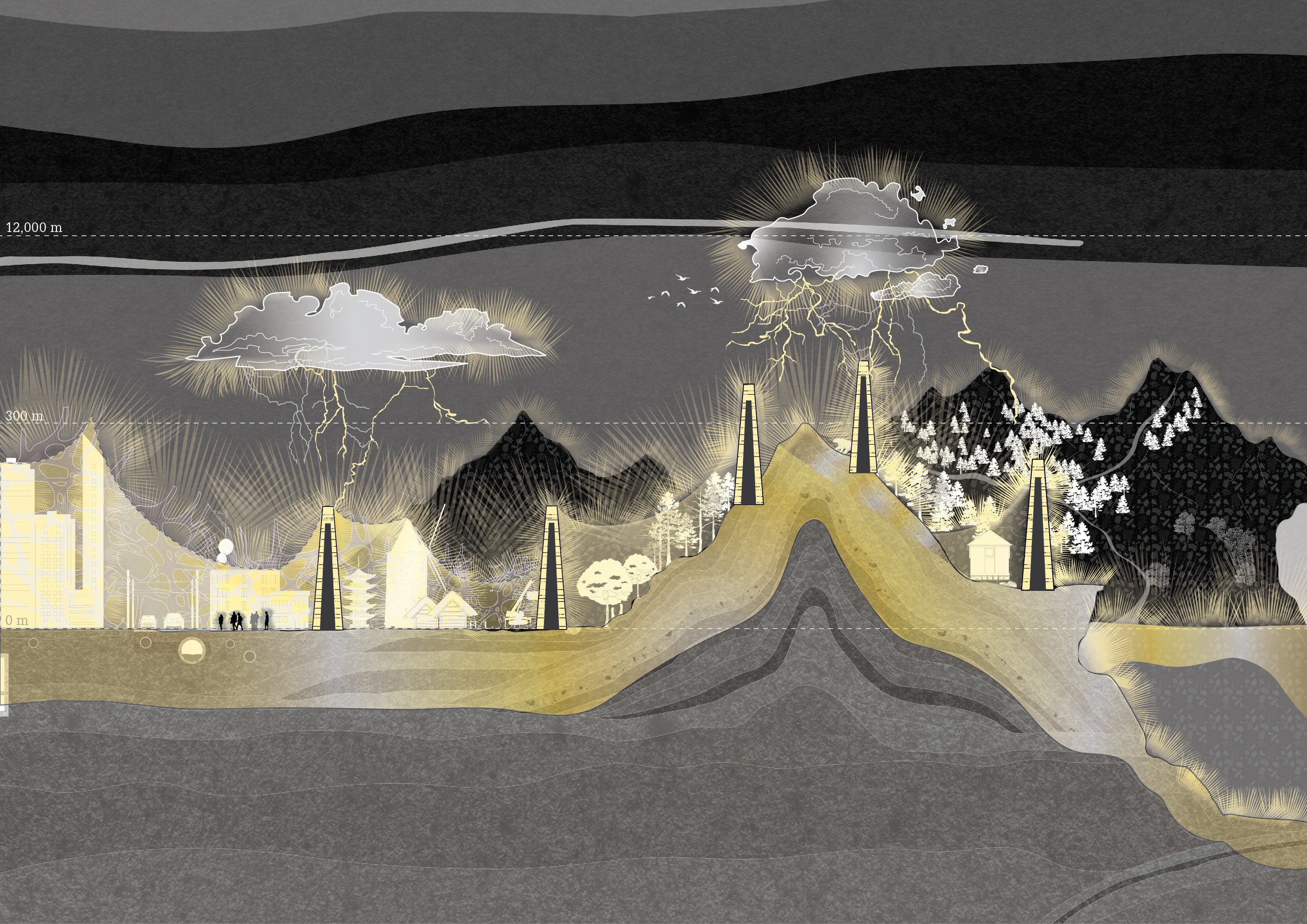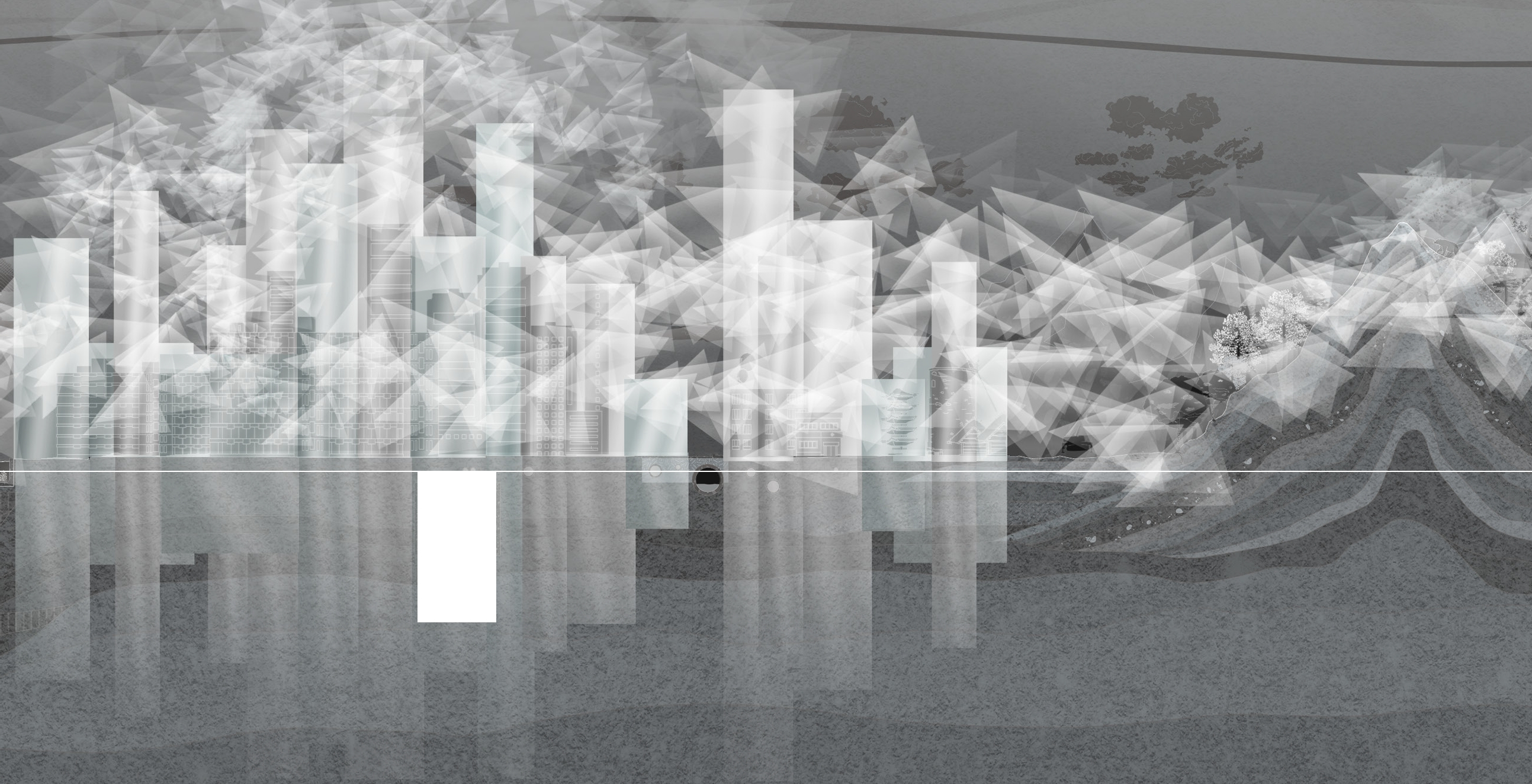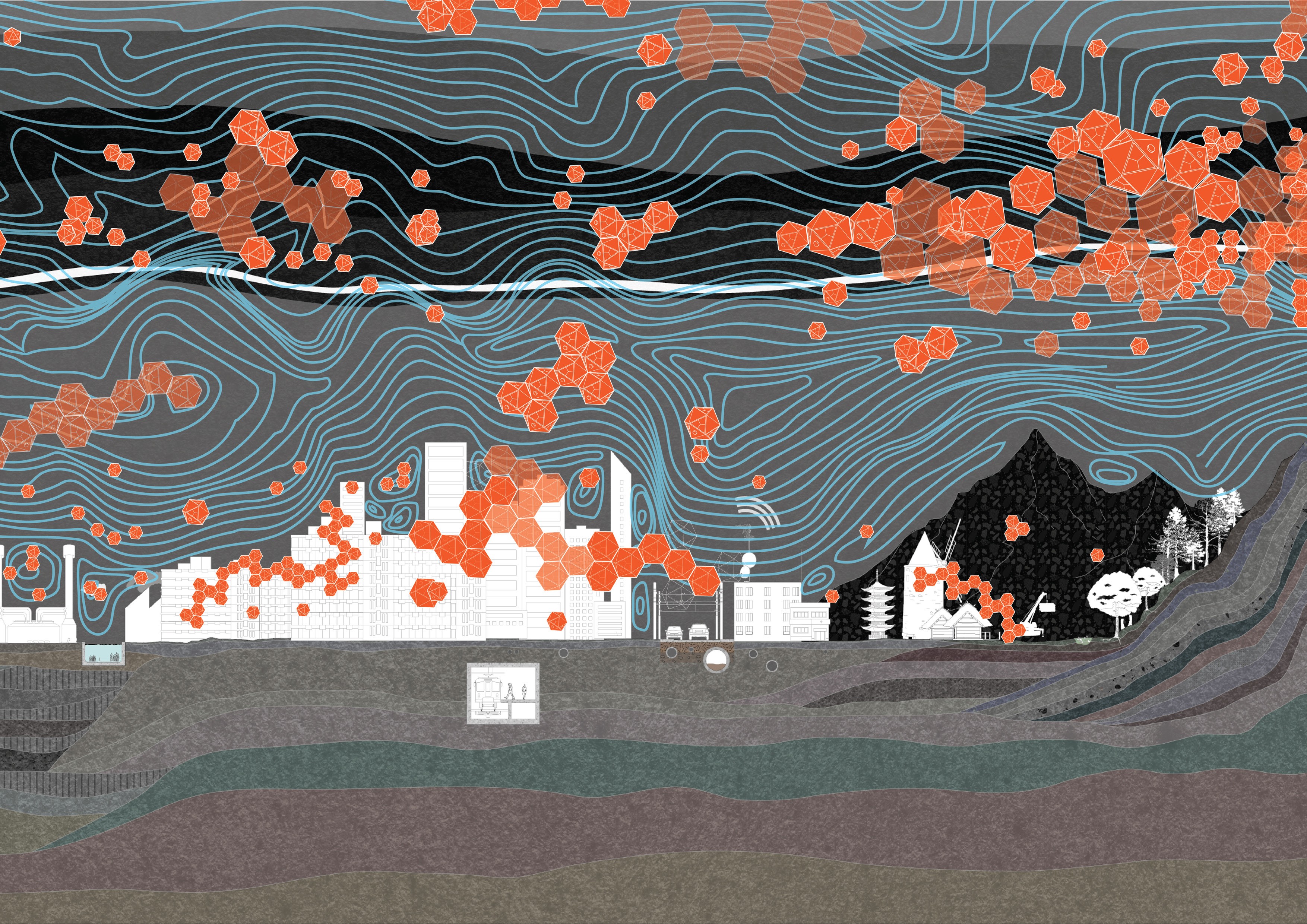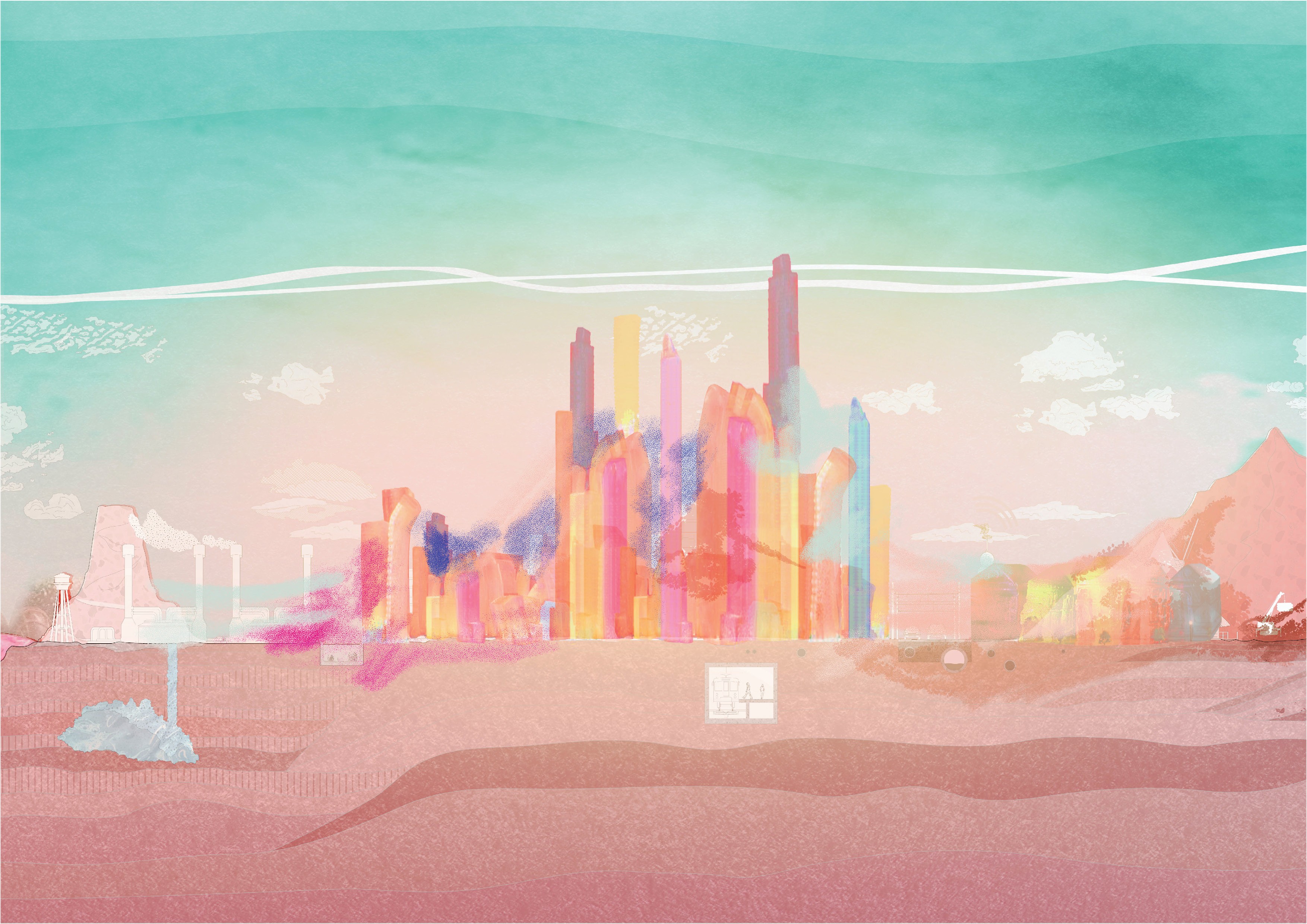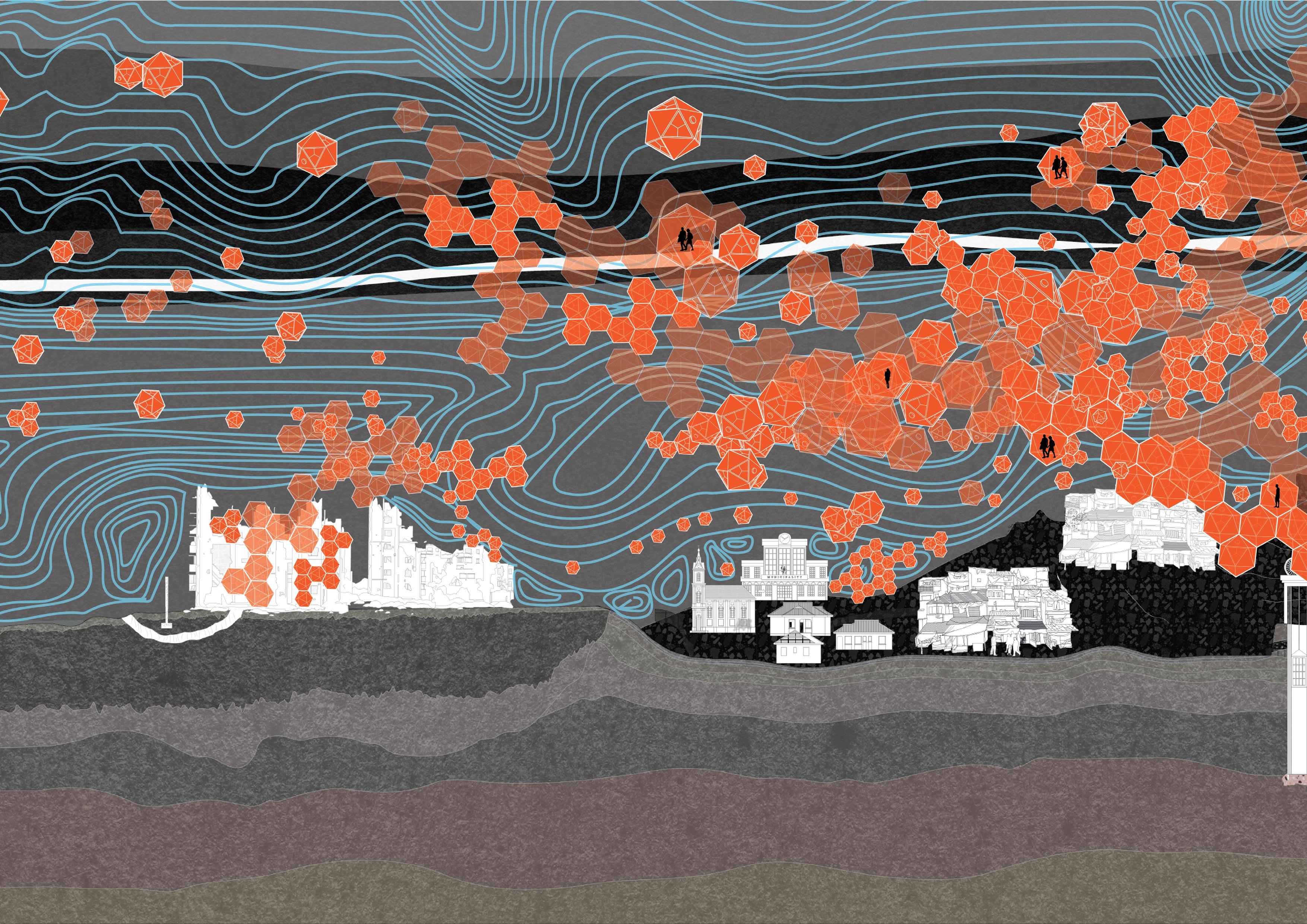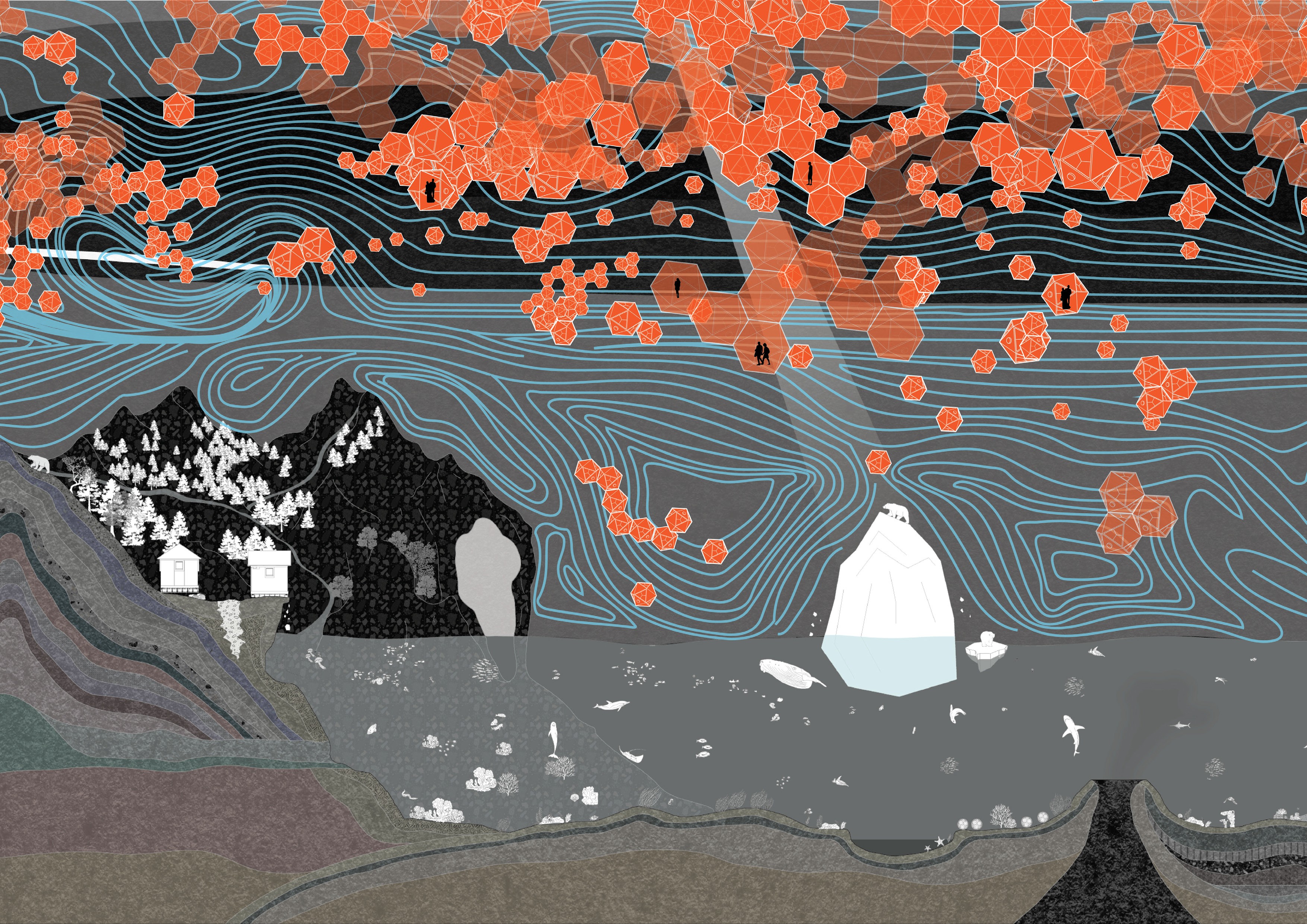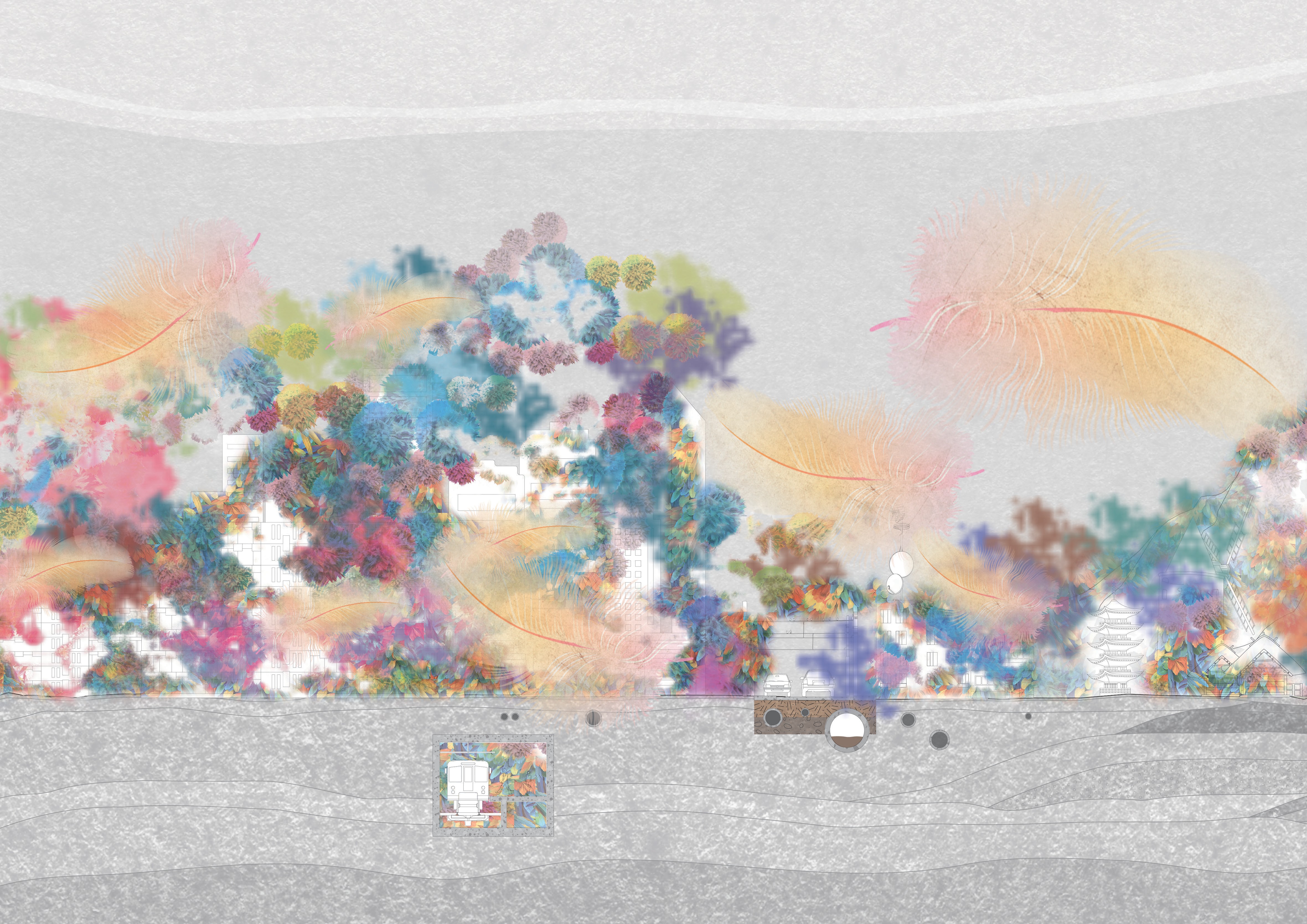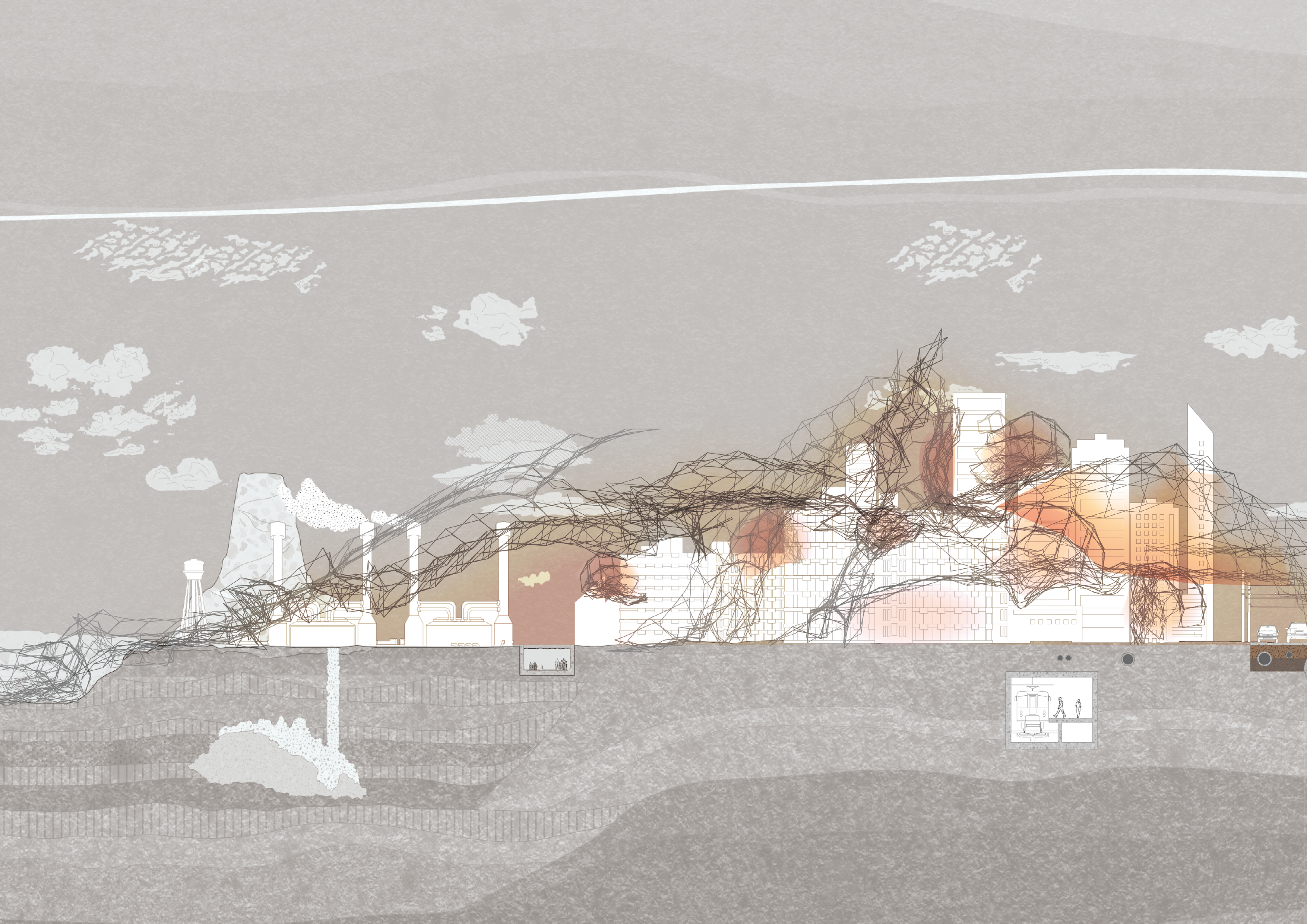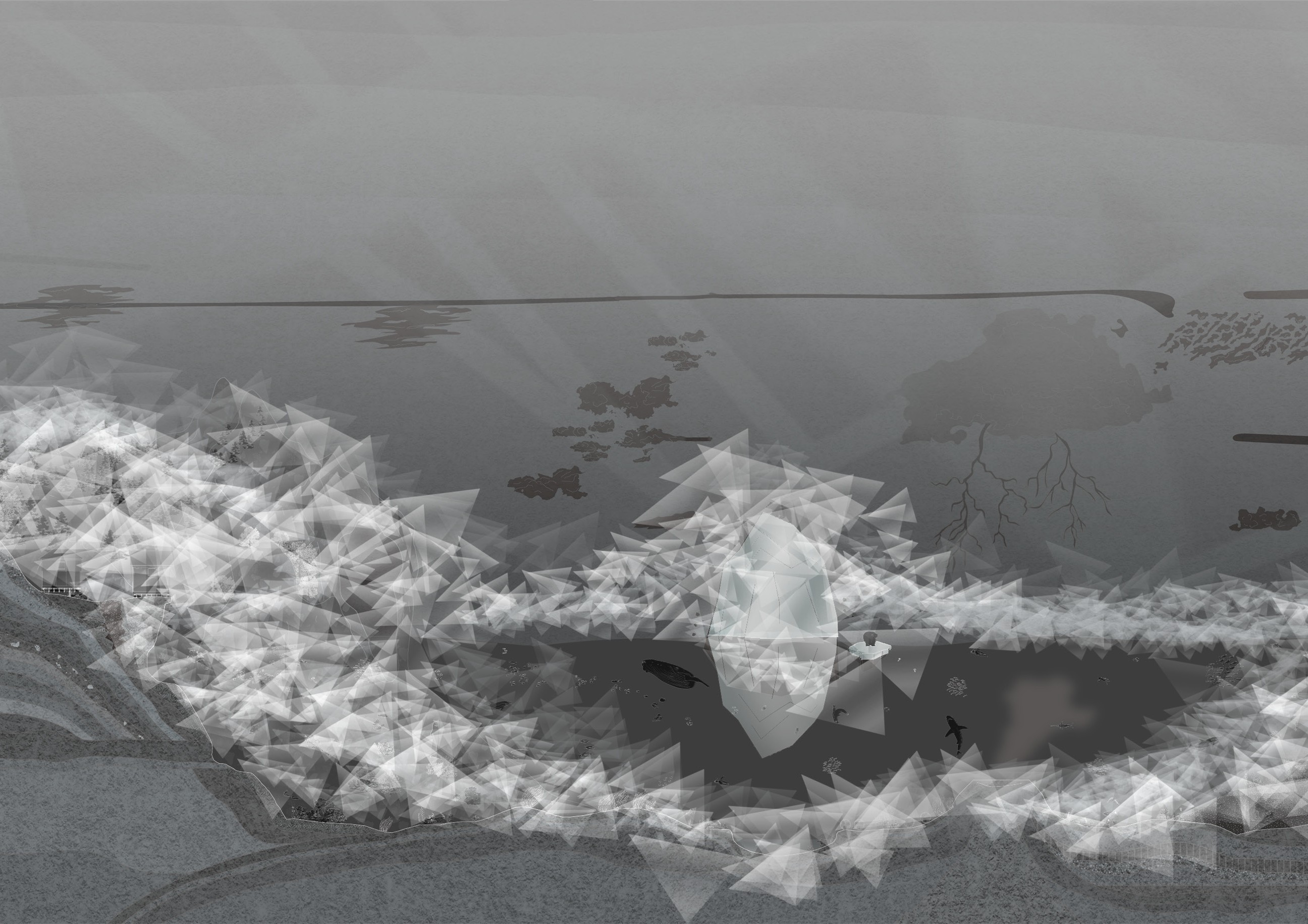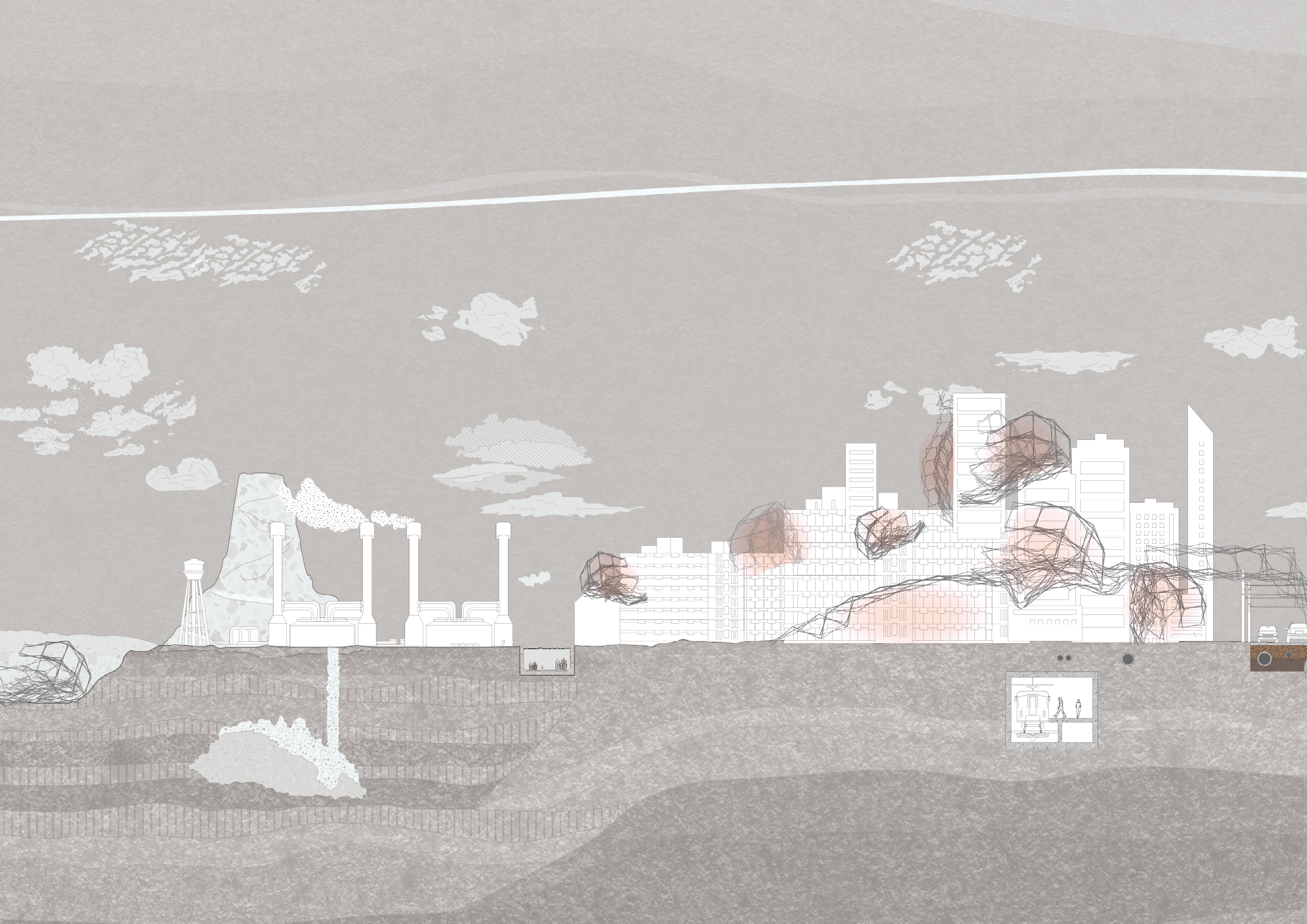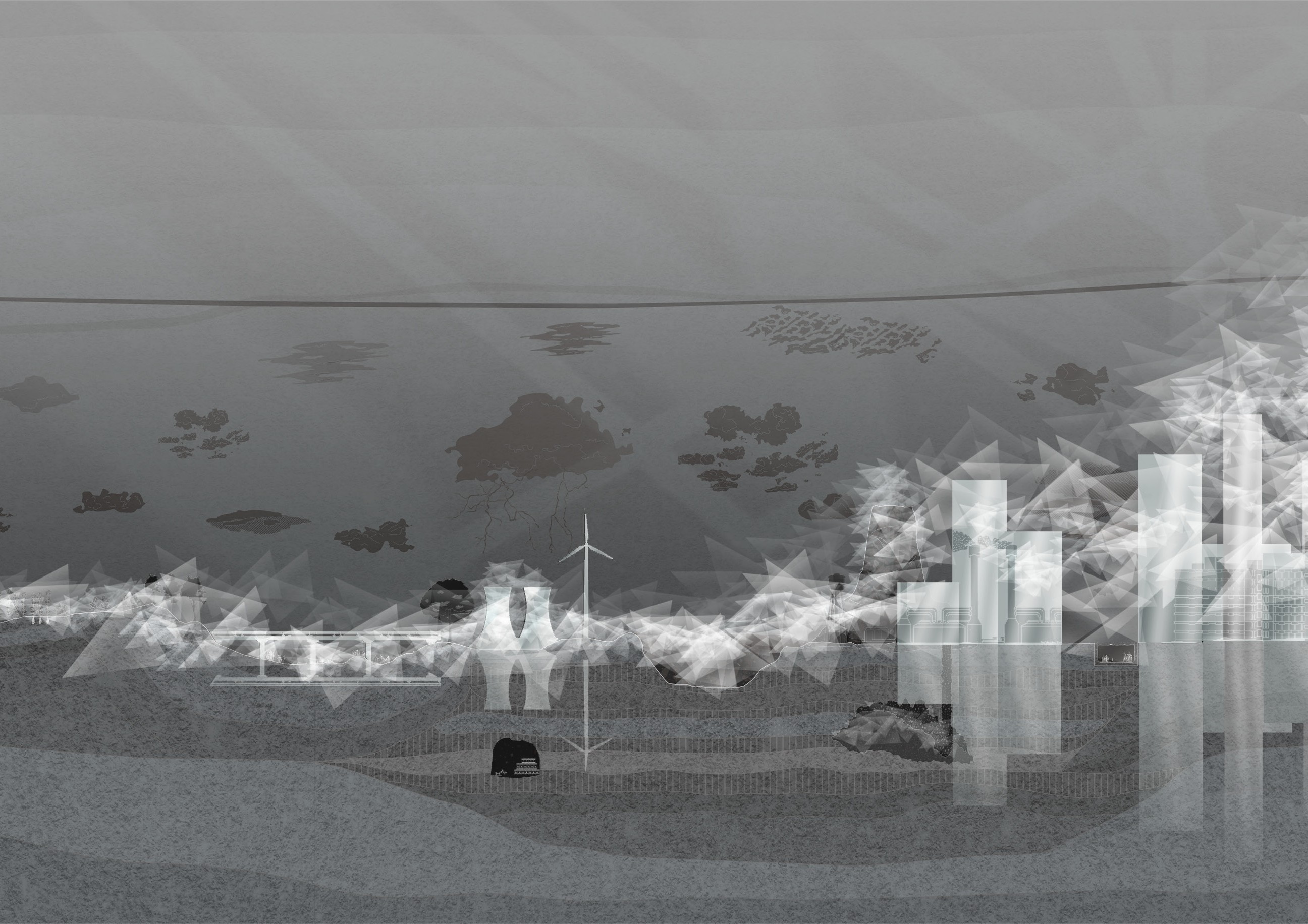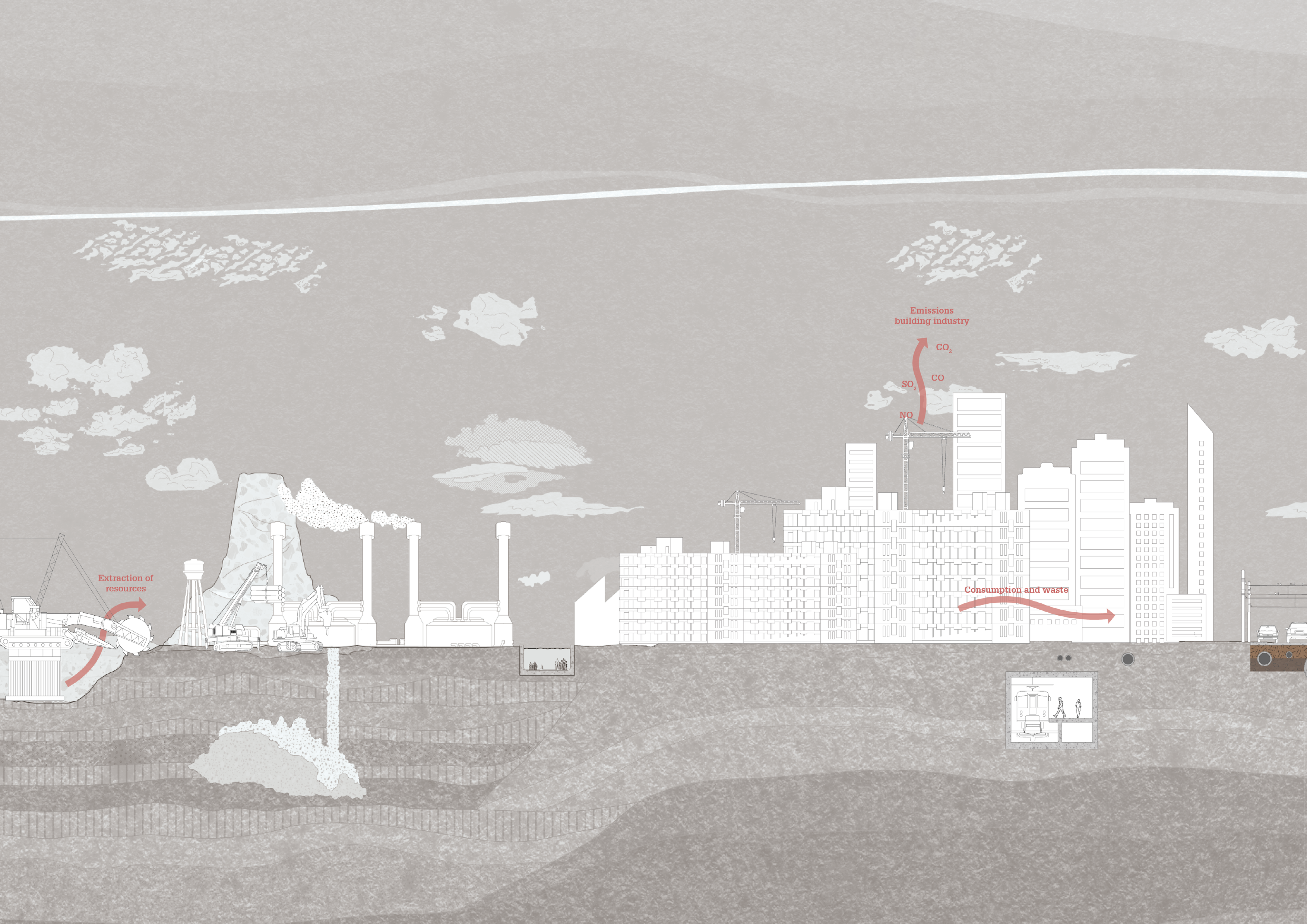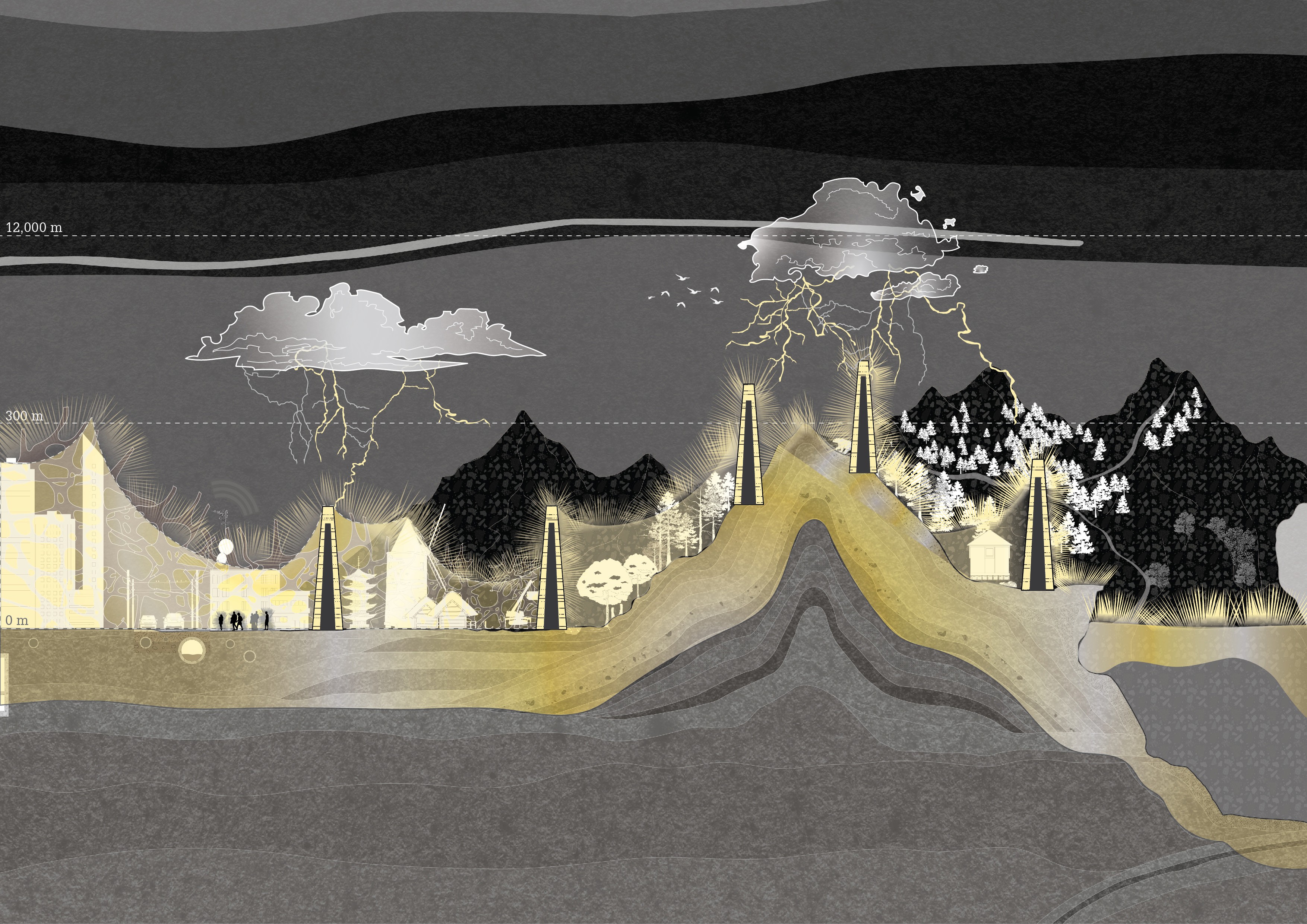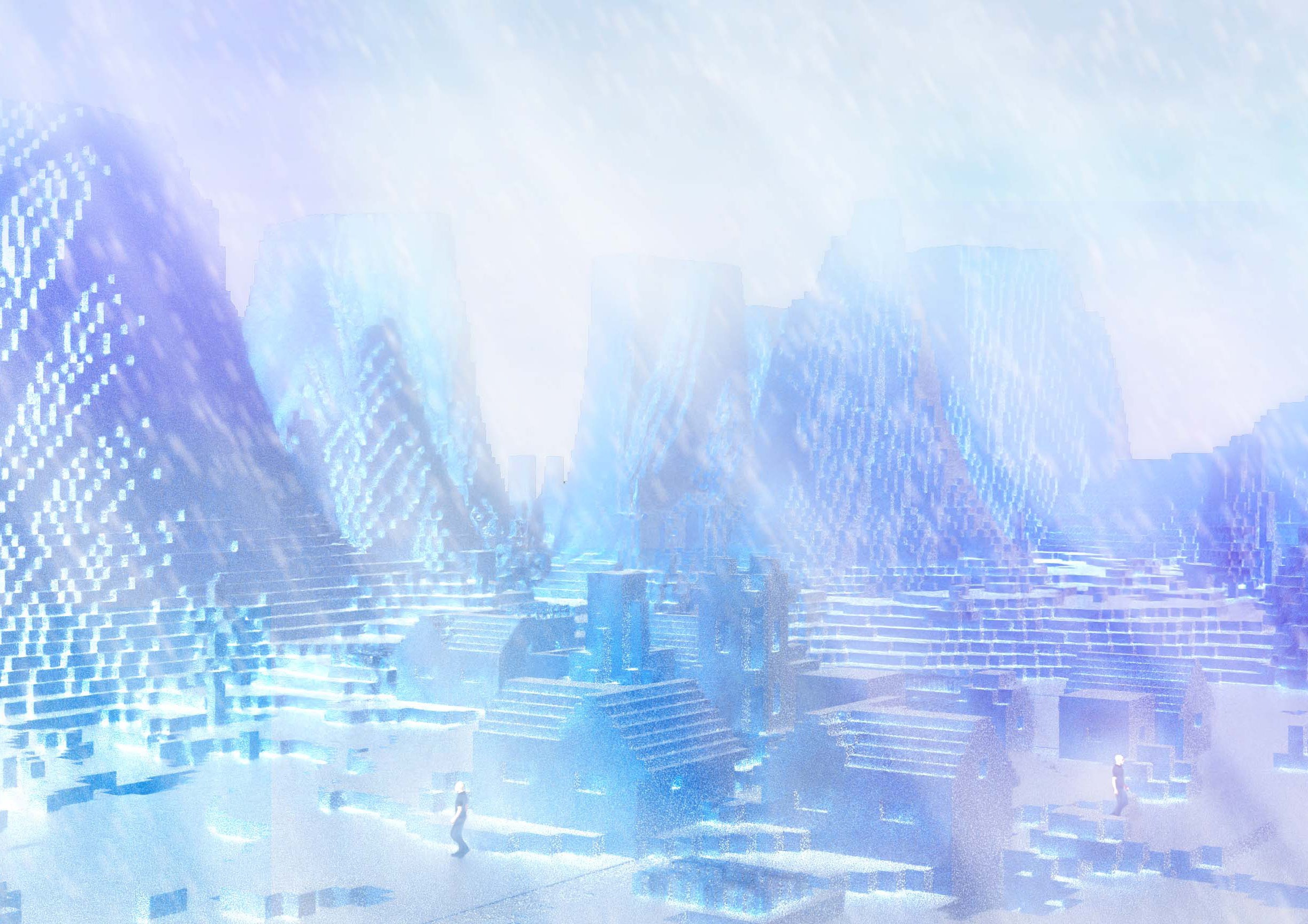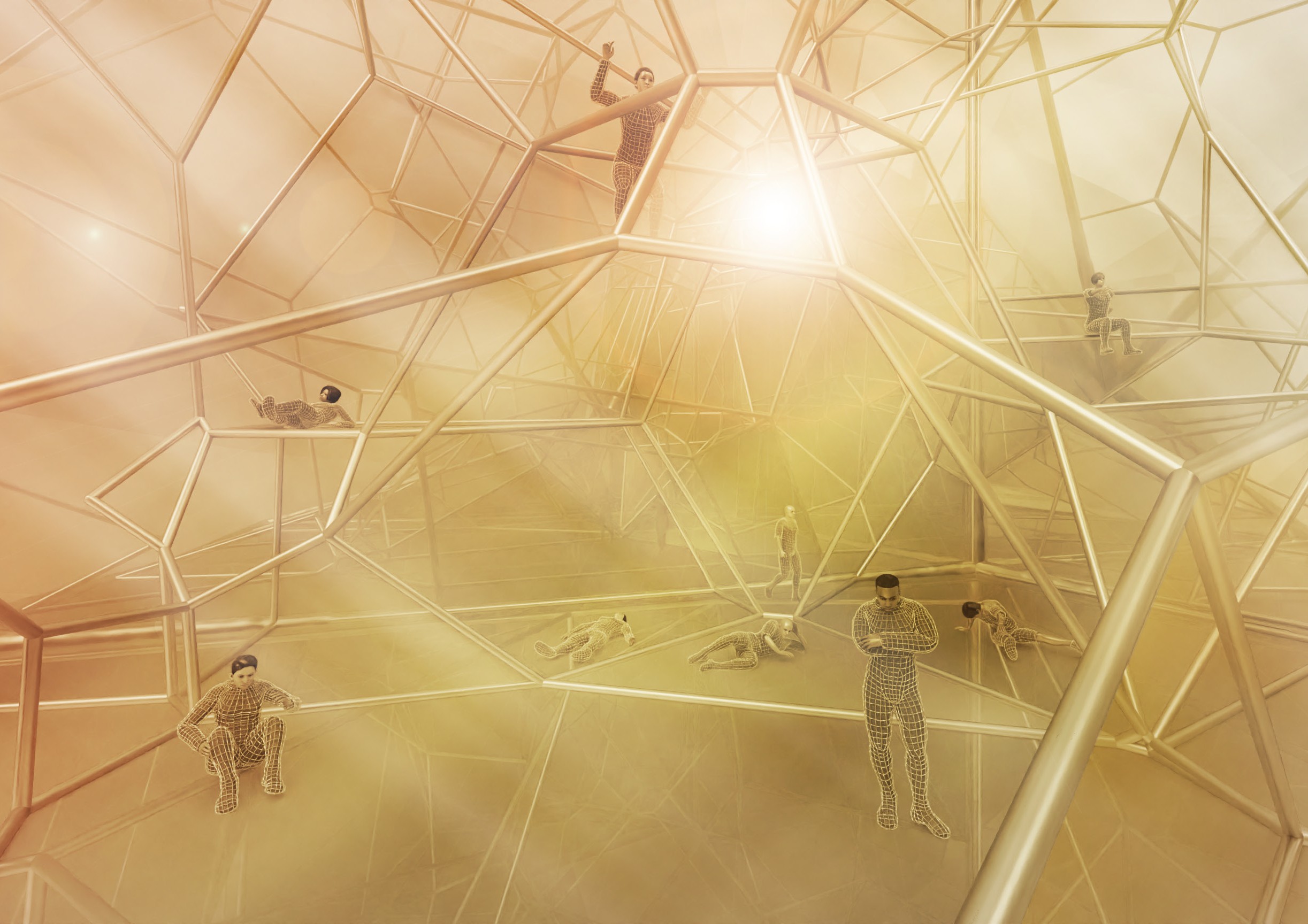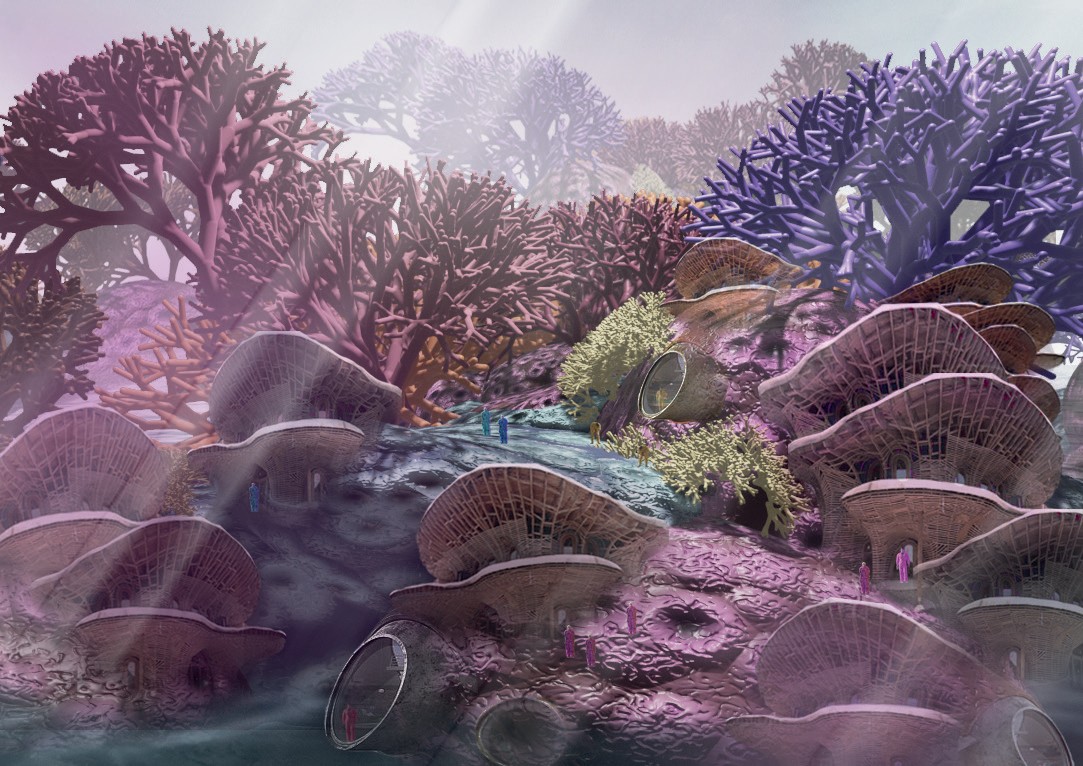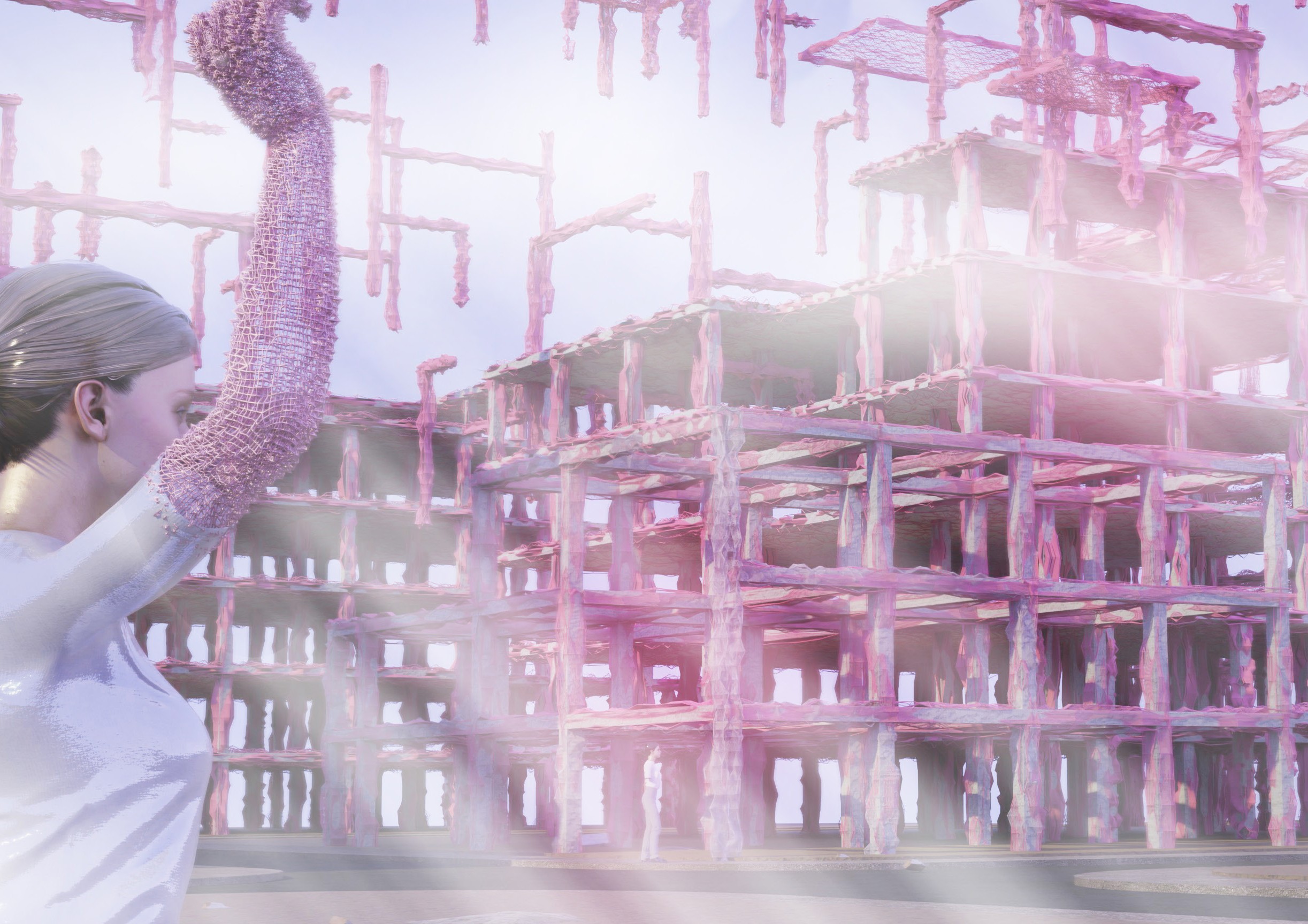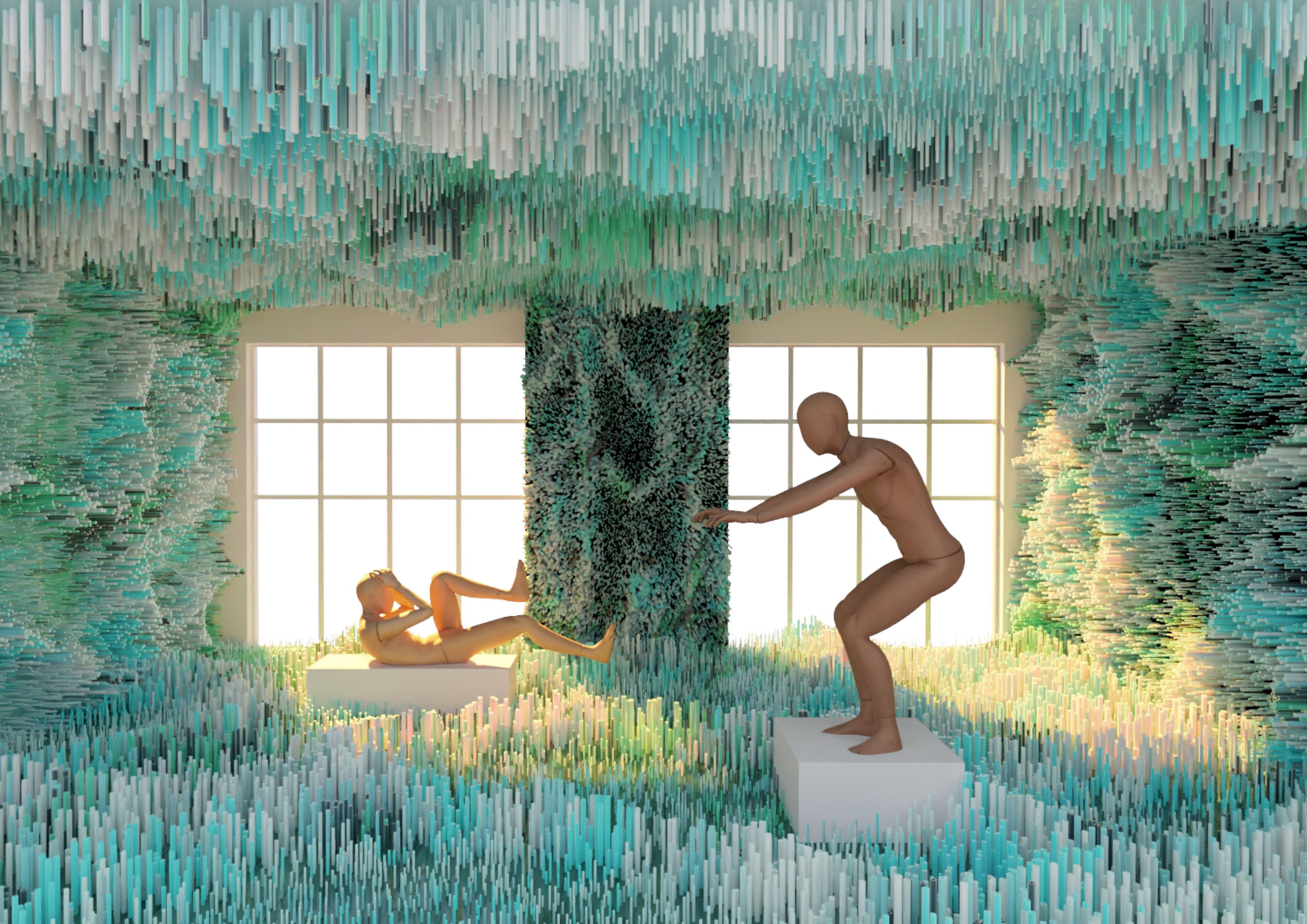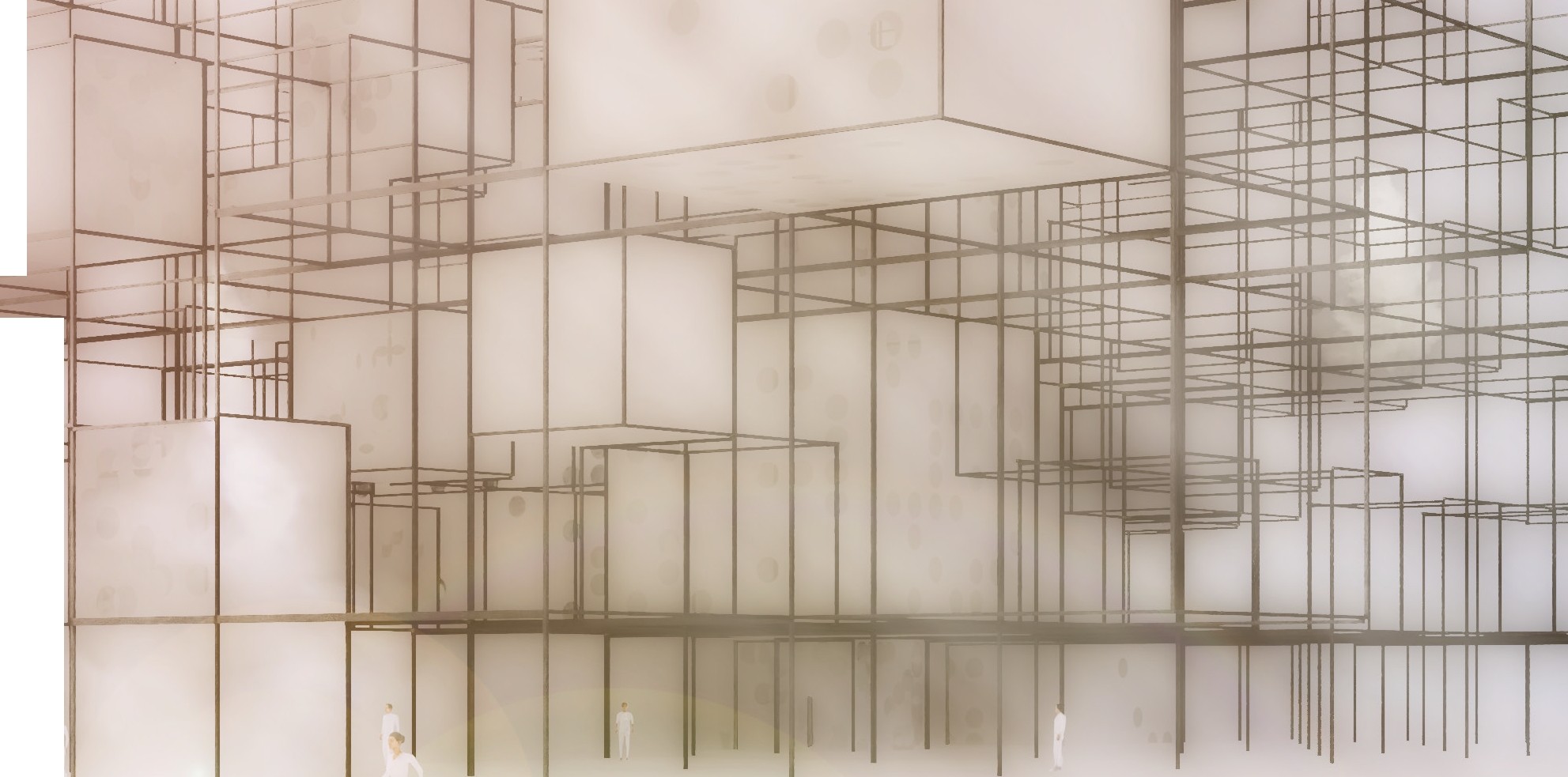(Every)Body is Urbanism
Earth is our home, Earth supports us and contains all known life in the universe. But our home is threatened: climate breakdown, overpopulation, deforestation, pollution, income disparities –to name just a few – are accelerating tremendously. These challenges demand action and -more than ever- imagination from all of us, from citizens to design professionals to policy makers.
(Every)Body is Urbanism aims at raising awareness about those urgencies, and is meant to contribute to the fabrication of a better environment for all the species who inhabit our Planet.
How do natural sciences, automation, nanomaterials, robotics, biotechnology or biomimicry contribute to stablishing new relationships amongst all living organisms? Can we make a planet that can cool down instead of warming up? Can we make a truly next Garden of Earthly Delights by reforesting the deserts and covering our cities and our bodies in vegetation? Can we imagine a world with no hunger by changing agricultural methods? In an overpopulated and overconnected planet, how to provide with space around our bodies where we can feel protection and intimacy? If both the fashion and the construction industries are amongst the most polluting on the planet, what can designers do to curb that? If everything is evolution, how do garments and cities evolve throughout time? Can they evolve together by sharing a common materiality? How will our bodies transform?…
In a visual and direct manner, the scenes presented are a combination of scientific knowledge, objective data, speculation, and optimism. They incite astonishment and make us wonder. One can see in them that what begins as a fantasy in the imagination of the designer could be a reality one day.
8 Billion bodies and our Planet
12,000,000,000 Bodies will consume 4 Earths. If we would live with 12 billion people on our planet, and we all want to live like an average middle class european, we would consume 4 earths.
Our impact
We consume too much there is no more land, we need too much energy, we pollute too much, we invade habitats. We are too many There are not enough homes, there is not enough food, there are not enough resources, we have damaging habits. We are unequal Not everyone consumes too much, some consume way too much, we are hard to convince, to few own too much.
What can we do?
Should we protest? Disrupt? Block? Scare? Use slogans? Educate?… If we bombard everyone with data and infographics, a feeling of overwhelment can lead to a rejection. “I am doing enough already”, “There is nothing I can do”, “It doesnt affect me” We choose to show alternative futures, by proposing a cleaner, healthyer, waste-fee, drinkable, organic, open and habitable planet.
Planetary Urgencies
Looking at some of the world organizations such as the United Nations, the European Union, UNICEF, WWF and OWP we can list 150 Planetary urgencies. After filtering them by, overlapping, merging, narrowing down, broadening and renaming. We can focus on a list of 50 urgencies.
Categorizing and Sorting the Urgencies
The urgencies can be categorised in many ways, from A to Z, by Google searh hits, SDG’s, EES, Connections to each other, position in the Maslow Pyramid, Global vs Local and amount of people affected to name a few. After the categorisation we can carefully sort them from most to least urgent.
Urgencies Maps and Timelines
Some urgencies have a greater impact or presence in certain parts of our lanet than on other locations. A set of 50 maps show the urgencies on our planet. The timelines can be divided into two parts, first the period between 1940 and now, then the next 80 years to 2100. The latter is a conservative extrapolation.
A Section of our planet
We make a lot of stuff, many of the materials used are mined or they are transformed from a solid to a gas. We seem to disrupt the natural cycles. A section of our planet, show the list of urgenceis drawn in spatial conditions. From left to right the section follows how the various cycles interact and how the urgencies are in many ways related.
Three Agents
Naturalis Biodiversity Centre, Iris van Herpen and The Why Factory have a common fascination for the natural world. Be it collecting, conserving, and studying them. Or taking examples from nature, as inspiration for design. Fungi inspire both designers to make proposals for a future world. In the work here, the students traced these connections back to precise urgencies.
Neural networls, cell and root growth in plants and vein structures in our bodies to name a few, can be an inspiration to look at our own produced environments. From pipe and road networks to the veins of the city. At the same time we could ask ourselves what if we take these our amazement about these natural phenomena as starting point to design the clothes we wear.
For each action the students looked into a series of examples of the natural world. Which skin can emit light? How does the growth of a bone work? In what ways are animals able to deform parts of their bodies? What can we learn from these examples? Are we able to scale these up so we can apply them in the built environment?
A call for Action
A list of actions for a future environment is proposed. Each action is related to one or more planetary urgencies.
1. Adapt 2. Biodegrade 3. Densify 4. Dip (into the green) 5. Glow 6. Grow 7. Hover 8. Meet 9. Nourish 10. Open up 11. Produce 12. Prospect 13. Reflect 14. Refresh 15. Regenerate 16. Rest 17. Flow 18. Transpire 19. Transform 20. Wilden
Evaluation
How much did we do? This evaluation attempt shows how much we can do to address the urgencies.





